Är du trött på att använda samma gamla mjöl i din surdegsbakning? Leta inte längre än det obemärkta, men anmärkningsvärda, lila vetet . Denna unika ingrediens kan lyfta ditt bröd till nästa nivå med sin distinkta smak, färg och näringsfördelar, när den används i kombination med andra mjölsorter.
Förstå Purple Wheat

Ursprung och historia av Purple Wheat
Lila vete har funnits i århundraden, men det har först nyligen vunnit popularitet i västvärlden. Den kommer från Kina, där den har odlats i över 5 000 år. Vetets lila nyans beror på antocyanin, en kraftfull antioxidant.
Utmärkande egenskaper hos lila vete
Bortsett från sin fantastiska färg har lila vete en distinkt nötaktig smak som skiljer det från andra vetesorter. Den innehåller också en högre koncentration av näringsämnen, inklusive järn, kalium och zink, vilket gör det till ett utmärkt komplement till vilken diet som helst.
Näringsvärde av lila vetemjöl nr 3
Lila vetemjöl nr. 3 mals från hela säden, vilket säkerställer att all godhet från vetet finns i mjölet. Den är rik på fibrer, innehåller inget kolesterol och är en utmärkt källa till vitaminer och mineraler.
Vetenskapen bakom lila vete
Förklaring av Purple Wheats unika färg
Som tidigare nämnts beror den lila färgen på lila vete på närvaron av antocyanin. Denna antioxidant finns även i andra lila frukter och grönsaker, som blåbär och aubergine.
Fördelarna med fullkorn och hur lila vete passar in i denna kategori
Fullkorn har många hälsofördelar, inklusive att minska risken för hjärtsjukdomar, stroke och vissa typer av cancer. Lila vete är ett fullkorn, så det har samma fördelar förutom sin egen unika näringsprofil.
Jämförande näringsämnesanalys mellan lila vete och andra vanliga vetetyper
Jämfört med andra vanliga vetesorter är lila vete överlägset när det gäller näringsinnehåll. Den innehåller till exempel nästan tre gånger så mycket järn som vetemjöl för alla ändamål .
Surdegsbakning med lila vete

Introduktion till surdegsbakning: kort historia och process
Surdegsbröd har funnits i tusentals år, med rötter i det gamla Egypten. Den är gjord med en surdegsstartare , som är en blandning av mjöl och vatten som har fått jäsa och utveckla sina smaker.
Lila vetes roll i surdegsbakning
Att lägga till lila vetemjöl till ditt surdegsrecept kan komplettera andra smaker och skapa en unik smak som inte kan replikeras med andra mjöl. Men på grund av dess låga glutenhalt, är det lämpligt att blanda det med andra mjöl, för att uppnå rätt konsistens.
Fördelar med att använda lila vete i surdegsrecept
Bortsett från dess distinkta smak och färg, när det blandas med andra mjöl, kan lila vetemjöl bidra till texturen på ditt bröd. Dess högre proteinhalt, i kombination med gluten från andra mjölsorter, kan resultera i en seg skorpa och mjuk insida.
Steg för att baka surdeg med lila vete
Att göra surdeg med lila vetemjöl nr 3 skiljer sig inte mycket från att göra ett vanligt surdegsrecept. Här är de nödvändiga stegen:
Nödvändiga verktyg och ingredienser för surdegsbakning med lila vete
- Lila vetemjöl nr 3
- Surdegsförrätt
- Vatten
- Mariager Sydesalt
- Blandningsskål
- MyWeight KD-8000 digital våg
- degskrapa
Detaljerad process för att förbereda surdeg med lila vete
- Mata din surdegsförrätt enligt ditt föredragna recept, se till att använda en portion lila vetemjöl nr 3 .
- Blanda samman det återstående lila vetemjölet och vetemjölet, vatten och salt tills det bildar en ruggig deg.
- Låt degen vila i 30 minuter.
- Utför en serie sträckningar och veck för att utveckla gluten i degen. Gör detta var 30:e minut under de första två timmarna.
- Låt degen vila ytterligare en timme.
- Forma degen med en bänkskrapa och låt den jäsa i en jäskorg i minst 4 timmar.
- Grädda brödet i en förvärmd ugn vid 450°F (230°C) tills skorpan är gyllenbrun.
Tips och tricks för att uppnå bästa resultat
- Använd ett bakstål för att förbättra värmebevarandet och säkerställa en jämn bakning.
- Använd en bänkskrapa för att hantera degen utan att behöva röra den med händerna.
- Använd en Bread Lame eller ett skårverktyg för att göra dekorativa snitt i limpan före gräddning.
- Använd en brödkniv för att skära i limpan efter att den har gräddats.
Unika recept med lila vetemjöl
Om du letar efter receptinspiration kan du prova att göra surdegspannkakor med lila vete, tortillas eller till och med pizzadeg. Möjligheterna är oändliga med hjälp av vår Bakkurs !
Rekommendationer och erfarenheter

Här är berättelser från tre kunder som har använt lila vetemjöl nr 3 i sin bakning:
"Jag har bakat surdeg i flera år, men när jag väl började använda lila vetemjöl kunde jag aldrig gå tillbaka. Färgen och smaken lyfter verkligen mitt bröd till nästa nivå." - Jane S.
"Jag var tveksam till att prova lila vete först, men när jag väl gjorde det blev jag fast. Den rikedom och djup av smak som lila vete tillför min surdeg är bara otrolig. Jag rekommenderar det starkt till alla hembagare!" - Robert M.
"Lila vetemjöl är en spelomvandlare. Jag använde det i mina pannkakor och de var de fluffigaste och mest smakrika pannkakor jag någonsin gjort. Definitivt en ny stapelvara i mitt skafferi." - Lily D.
Vanliga frågor om bakning med lila vete
F: Hur är smaken av lila vetesurdeg jämfört med vanlig surdeg?
S: Det lila vetemjölet ger en unik, lite nötaktig smak till surdegen som många tycker är tilltalande. Det ger även brödet en vacker djuplila färg.
F: Hur ska jag förvara mitt lila vetemjöl?
A: Precis som alla andra typer av mjöl bör lila vetemjöl förvaras på en sval, torr plats. Du kan också förvara den i kylen för att förlänga hållbarheten.
F: Kan jag använda lila vetemjöl i alla mina bakrecept?
S: Medan lila vetemjöl kan användas i alla recept som kräver vanligt mjöl, kom ihåg att det har dålig glutenhalt. Därför rekommenderas det att blanda det med andra mjölsorter, till exempel vetemjöl. Detta kan ändra färgen och ändra smaken på dina bakverk något.
F: Är lila vetemjöl hälsosamt?
A: Ja, lila vetemjöl är väldigt näringsrikt. Det är rikt på antioxidanter och fibrer, och det har också ett lägre glykemiskt index än vanligt vetemjöl, vilket gör det till ett hälsosammare val för många människor.
Njut av äventyret att baka med lila vetemjöl och upptäck en helt ny värld av smak och färg i ditt surdegsbröd. Glad bakning!
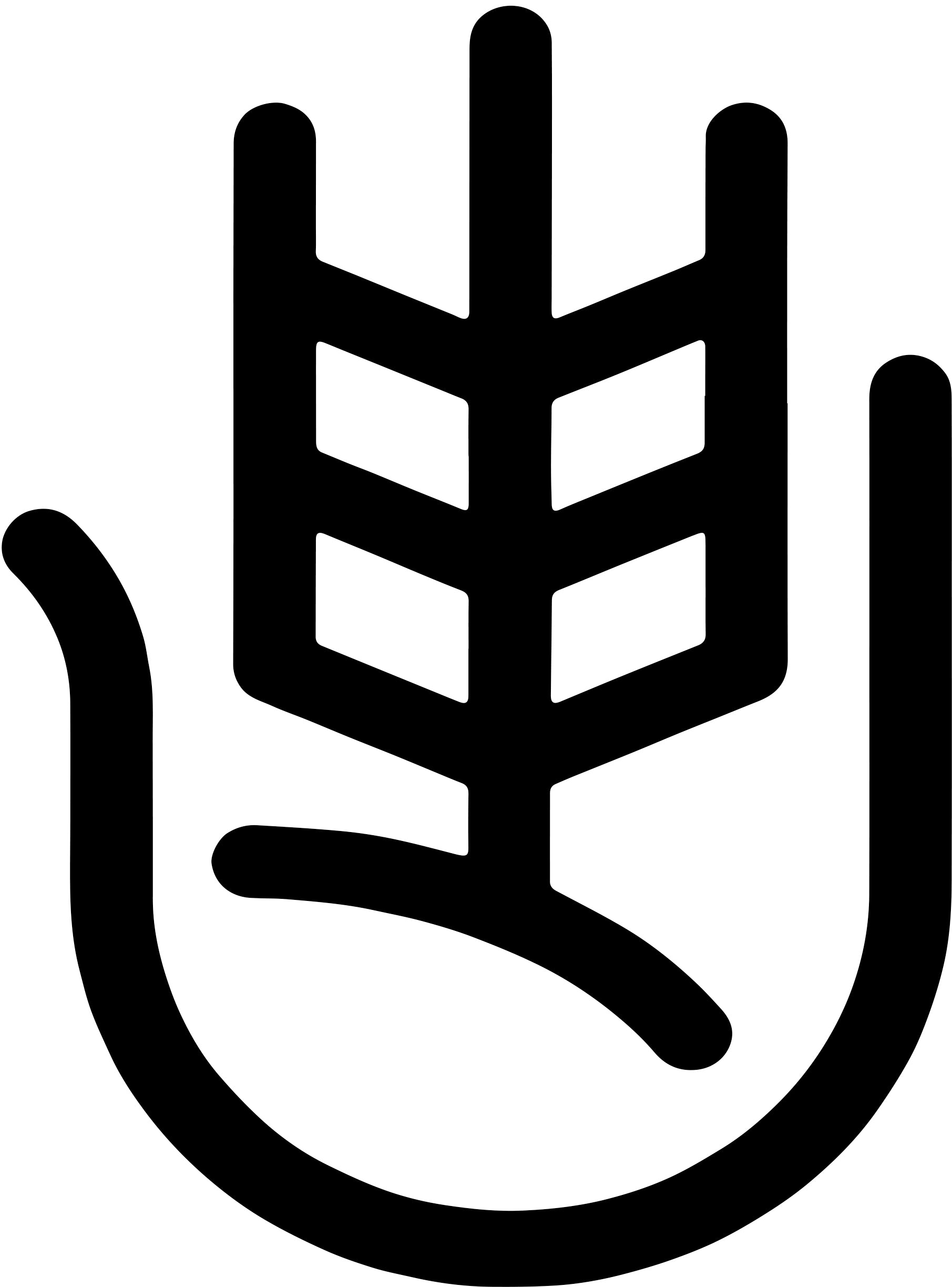

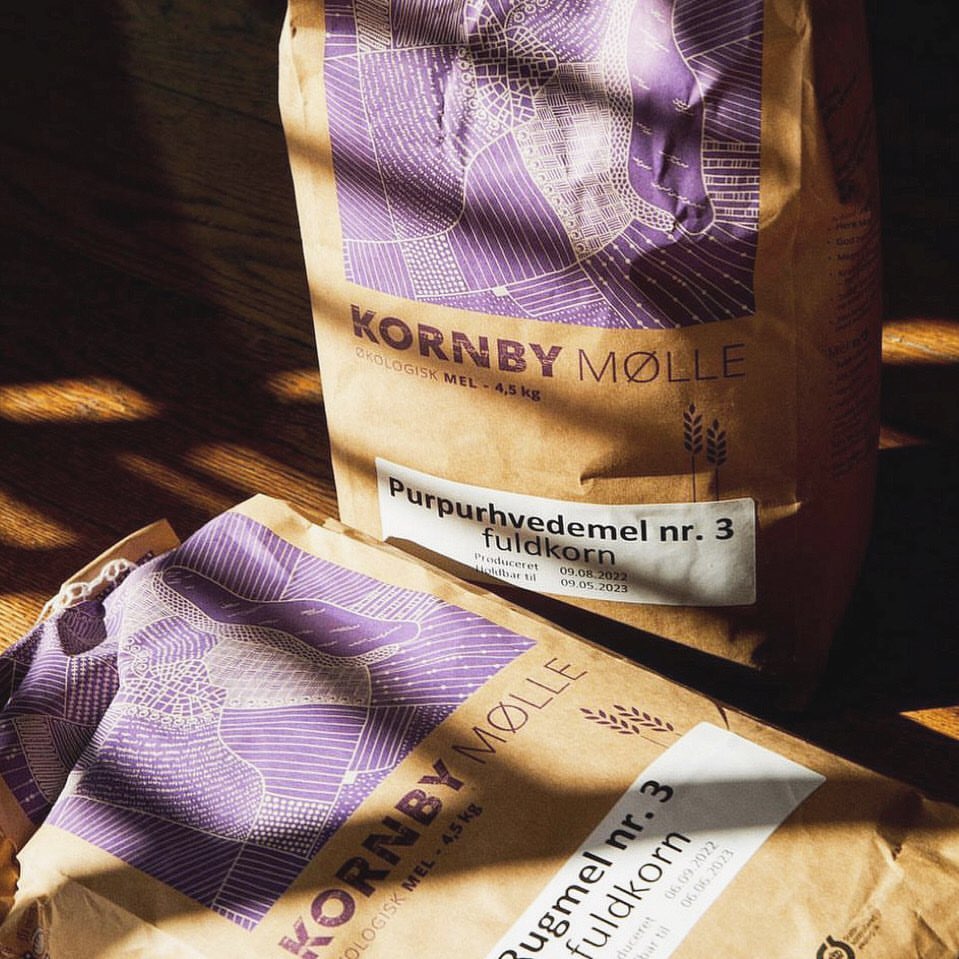
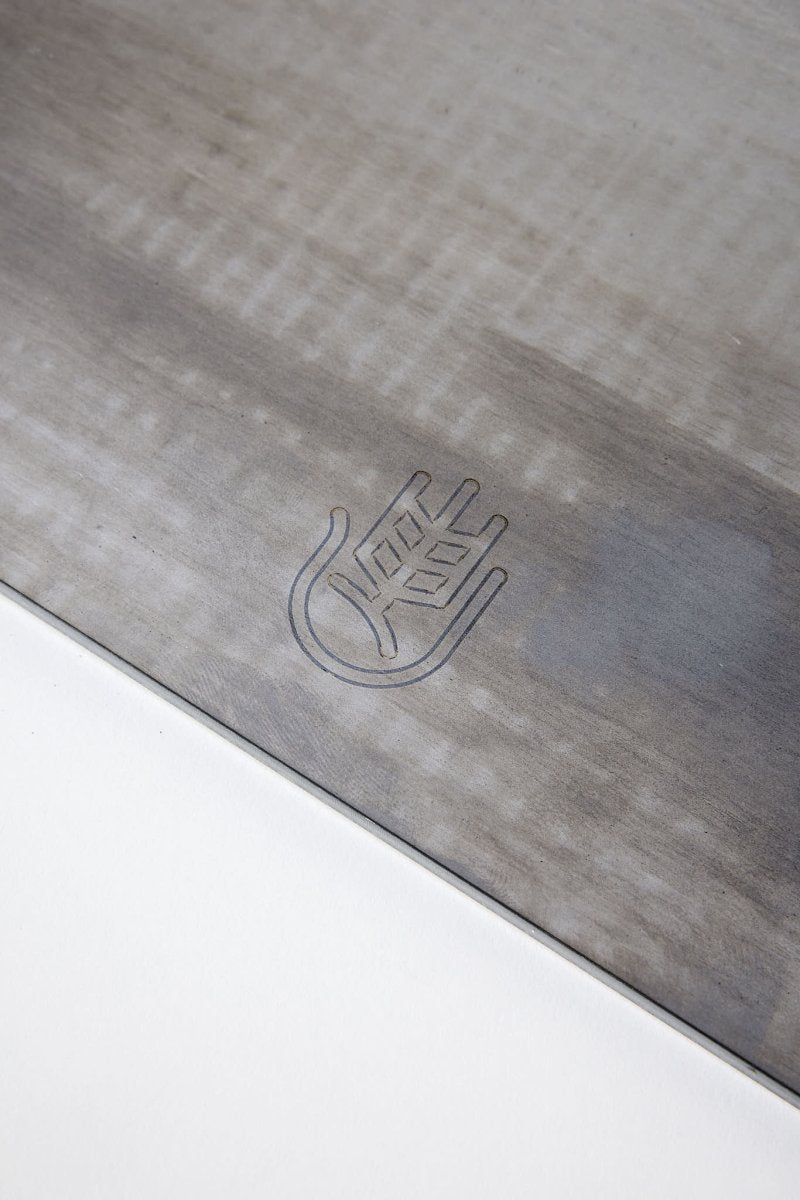
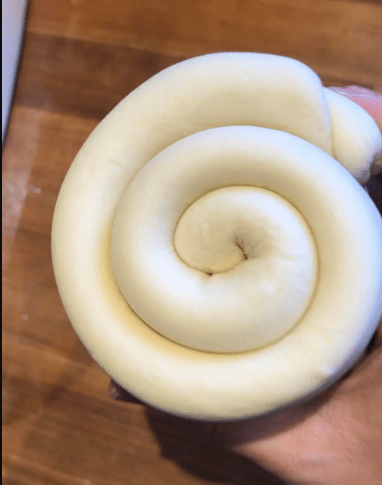
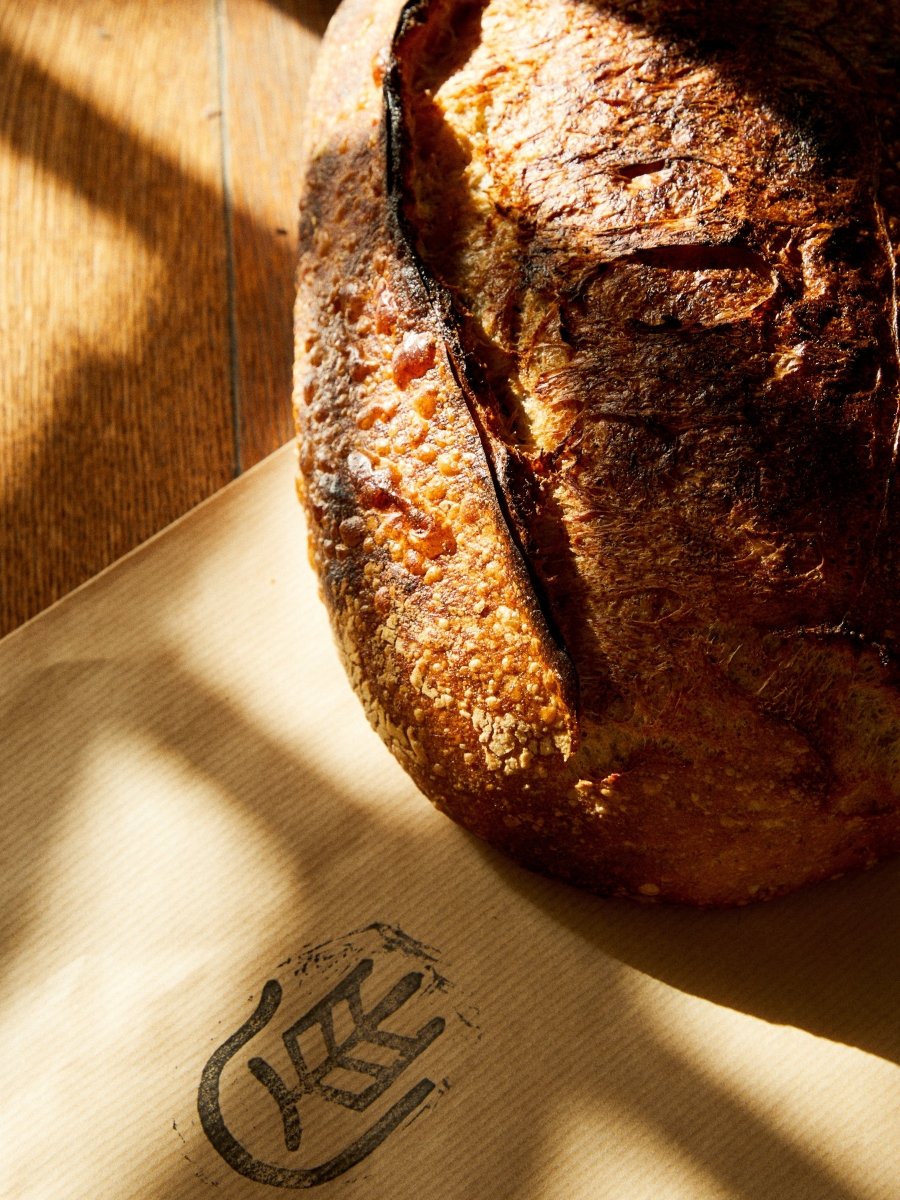
Dela på sociala medier:
Den ultimata guiden till surdegsstarttips, tricks och felsökning
The Ultimate Guide Hur man vägleder för Bread Lames